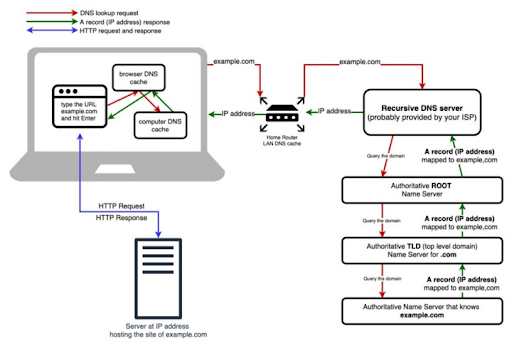System operators know the drill: as the complexity of systems scales, so does the deluge of logs. Traditionally, taming this relentless tide demands a concoction of costly tools and laborious configurations—until now. The dynamic duo of systemd-journal and Netdata is revolutionizing log management, turning what was once a Herculean task into a streamlined, powerful, and surprisingly straightforward process.
Upcoming changes to Netdata Cloud plans
UPDATE: On the 2023-11-08 Node and Dashboard limits will be applied on the Netdata Cloud Community plan, while all current features of the Community plan will remain the same.
Netdata vs Prometheus: Performance Analysis
In an era dominated by data-driven decision making, monitoring tools play an indispensable role in ensuring that our systems run efficiently and without interruption. When considering tools like Netdata and Prometheus, performance isn't just a number; it's about empowering users with real-time insights and enabling them to act with agility.
There's a genuine need in the community for tools that are not only comprehensive in their offerings but also swift and scalable. This desire stems from our evolving digital landscape, where the ability to swiftly detect, diagnose, and rectify anomalies has direct implications on user experiences and business outcomes. Especially as infrastructure grows in complexity and scale, there's an increasing demand for monitoring tools to keep up and provide clear, timely insights.
Our ambition is to be the simplest, fastest and most scalable solution in this domain. However, it's essential to approach it with modesty. A performance comparison between Netdata and Prometheus is not a race for the top spot but an exploration of where we stand today and where improvements can be made. Through this, we hope to drive innovation, ensure optimal performance, and ultimately deliver better value to our users.
Discover The New Netdata!
Missed the last Netdata updates? Here is what is new:
Improve Your Security With systemd-journal and Netdata
systemd journals play a crucial role in the Linux system ecosystem, and understanding the importance of the logs contained within is essential for both system administrators and developers.
Monitoring vs Observability: What Engineers Need to Know
As systems increasingly shift towards distributed architectures to deliver application services, the roles of monitoring and observability have never been more crucial. Monitoring delivers the situational awareness you need to detect issues, while observability goes a step further, offering the analytical depth to understand the root cause of those issues.
Exploring systemd journal logs with Netdata
Today, we released our systemd journal plugin for Netdata, allowing you to explore, view, search, filter and analyze systemd journal logs.
Like most things about Netdata, this is a zero-configuration plugin. You don’t have to do anything apart from installing Netdata on your systems.This is key design direction for Netdata, since we want Netdata to be able to help even if you install it mid-crisis, while you have an incident at hand.
systemd journal logs: A Game-Changer for DevOps and Developers
“Why bother with it? I let it run in the background and focus on more important DevOps work.” — a random DevOps Engineer at Reddit r/devops
In an era where technology is evolving at breakneck speeds, it's easy to overlook the tools that are right under our noses. One such underutilized powerhouse is the systemd journal. For many, it's a mere tool to check the status of systemd service units or to tail the most recent events (journalctl -f). Others who do mainly container work, ignore even its existence.
What is the purpose of systemd-journal?
However, the systemd journal includes very important information. Kernel errors, application crashes, out of memory process kills, storage related anomalies, crucial security intel like ssh or sudo attempts and security audit logs, connection / disconnection errors, network related problems, and a lot more.
The system journal is brimming with data that can offer deep insights into the health and security of our systems and still many professional system and devops engineers tend to ignore it.
Netdata Cloud On Prem: Infrastructure Monitoring enters the next level
Netdata, Prometheus, Grafana Stack
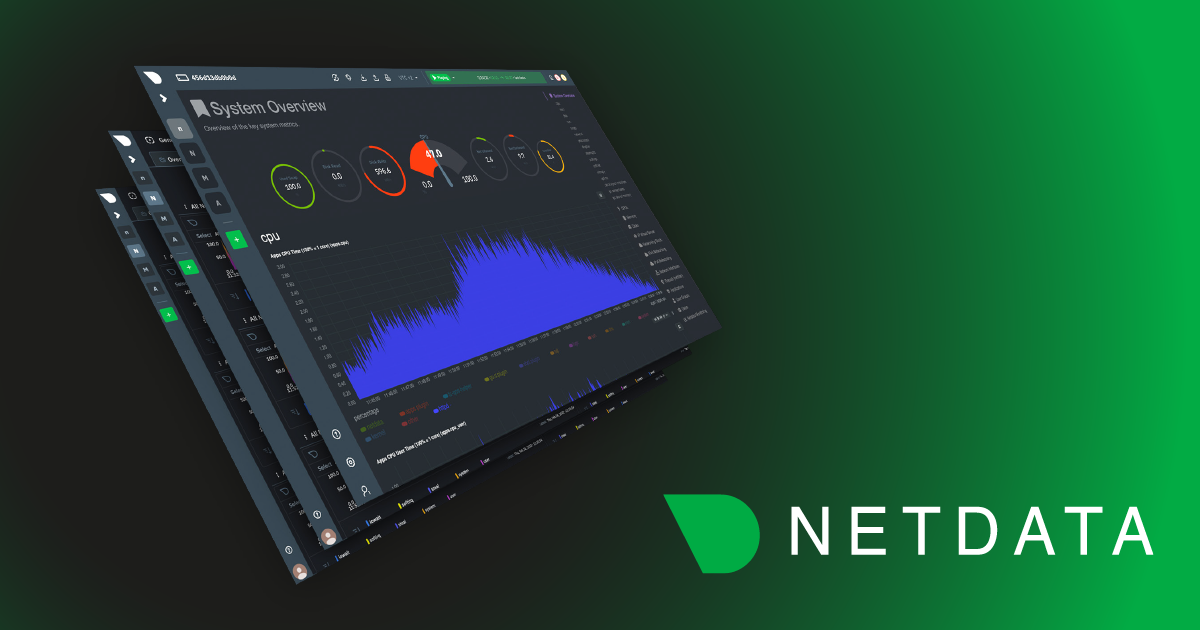
In this blog, we will walk you through the basics of getting Netdata, Prometheus and Grafana all working together and
monitoring your application servers. This article will be using docker on your local workstation. We will be working
with docker in an ad-hoc way, launching containers that run /bin/bash and attaching a TTY to them. We use docker here
in a purely academic fashion and do not condone running Netdata in a container. We pick this method so individuals
without cloud accounts or access to VMs can try this out and for it's speed of deployment.
Netdata Processes monitoring and its comparison with other console based tools

Netdata reads /proc/<pid>/stat for all processes, once per second and extracts utime and
stime (user and system cpu utilization), much like all the console tools do.
But it also extracts cutime and cstime that account the user and system time of the exit children of each process.
By keeping a map in memory of the whole process tree, it is capable of assigning the right time to every process, taking
into account all its exited children.
It is tricky, since a process may be running for 1 hour and once it exits, its parent should not receive the whole 1 hour of cpu time in just 1 second - you have to subtract the cpu time that has been reported for it prior to this iteration.
It is even trickier, because walking through the entire process tree takes some time itself. So, if you sum the CPU utilization of all processes, you might have more CPU time than the reported total cpu time of the system. Netdata solves this, by adapting the per process cpu utilization to the total of the system.
Netdata QoS Classes monitoring

Netdata monitors tc QoS classes for all interfaces.
If you also use FireQOS it will collect interface and class names.
There is a shell helper for this (all parsing is done by the plugin in C code - this shell script is just a configuration for the command to run to get tc output).
The source of the tc plugin is here. It is somewhat complex, because a state machine was needed to keep track of all the tc classes, including the pseudo classes tc dynamically creates.
You can see a live demo here.
Our first ML based anomaly alert
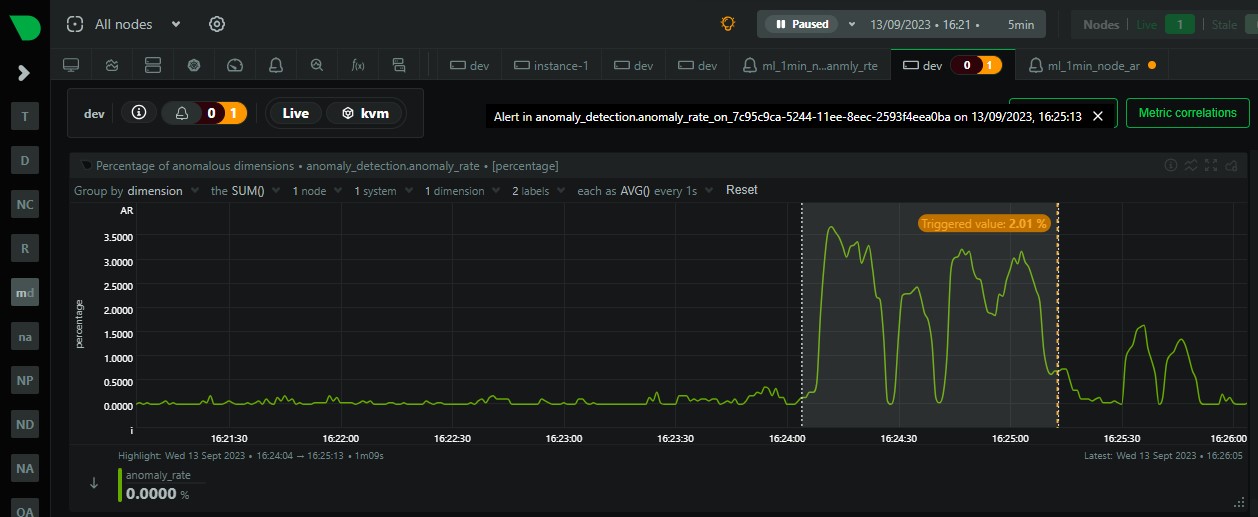
Over the last few years we have slowly and methodically been building out the ML based capabilities of the Netdata agent, dogfooding and iterating as we go. To date, these features have mostly been somewhat reactive and tools to aid once you are already troubleshooting.
Now we feel we are ready to take a first gentle step into some more proactive use cases, starting with a simple node level anomaly rate alert.
Anomaly Rate By Type
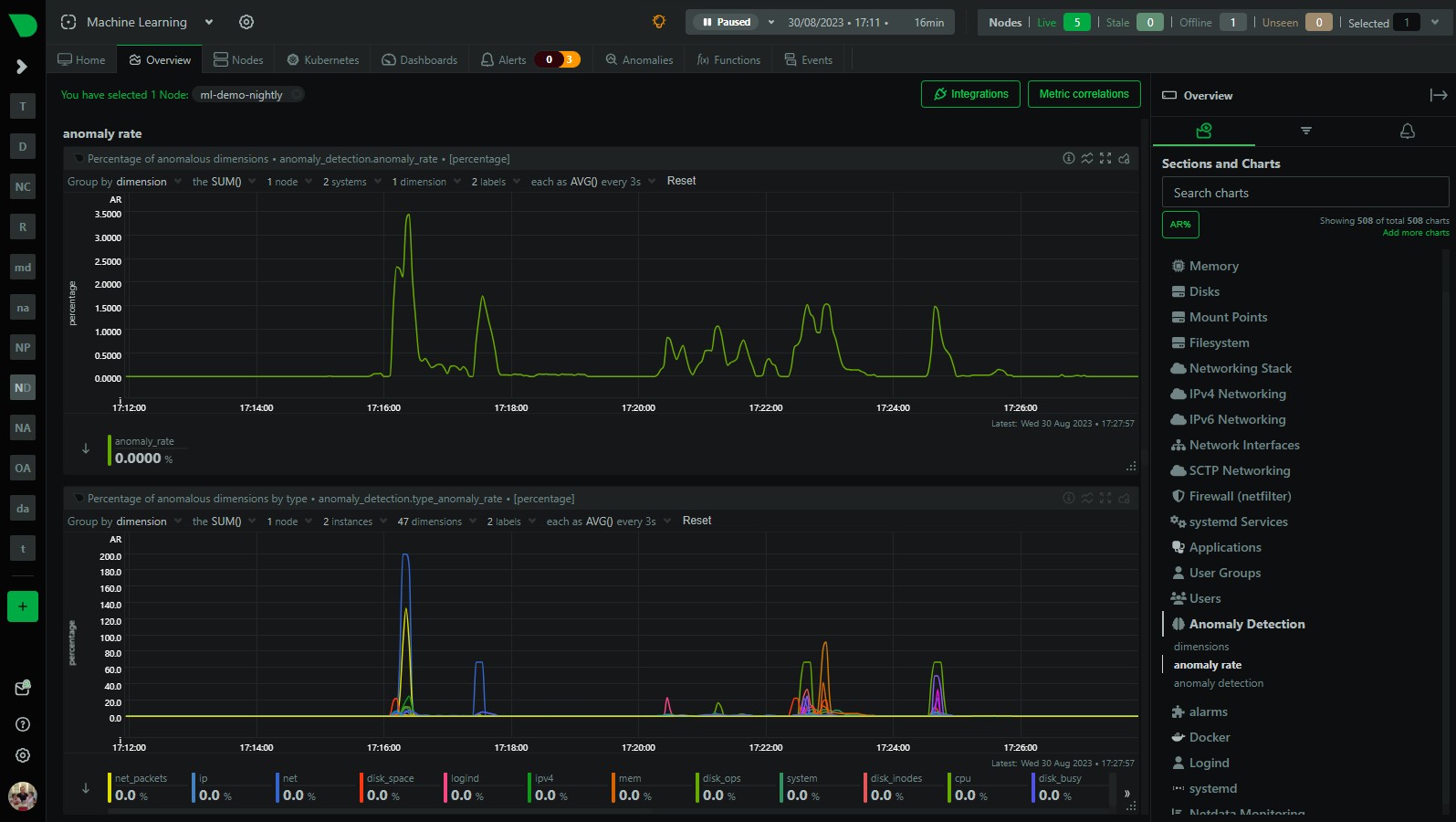
We have recently added a more detailed anomaly rate chart to Netdata that breaks out the overall node anomaly rate by type, this lets you more easily see what parts of your infrastructure might be experiencing an uptick in anomalies when you see the overall node anomaly rate increase.
Release 1.41.0: Netdata Agents and Parents now have a new UI!
Netdata Agents and Parents now have a new UI!
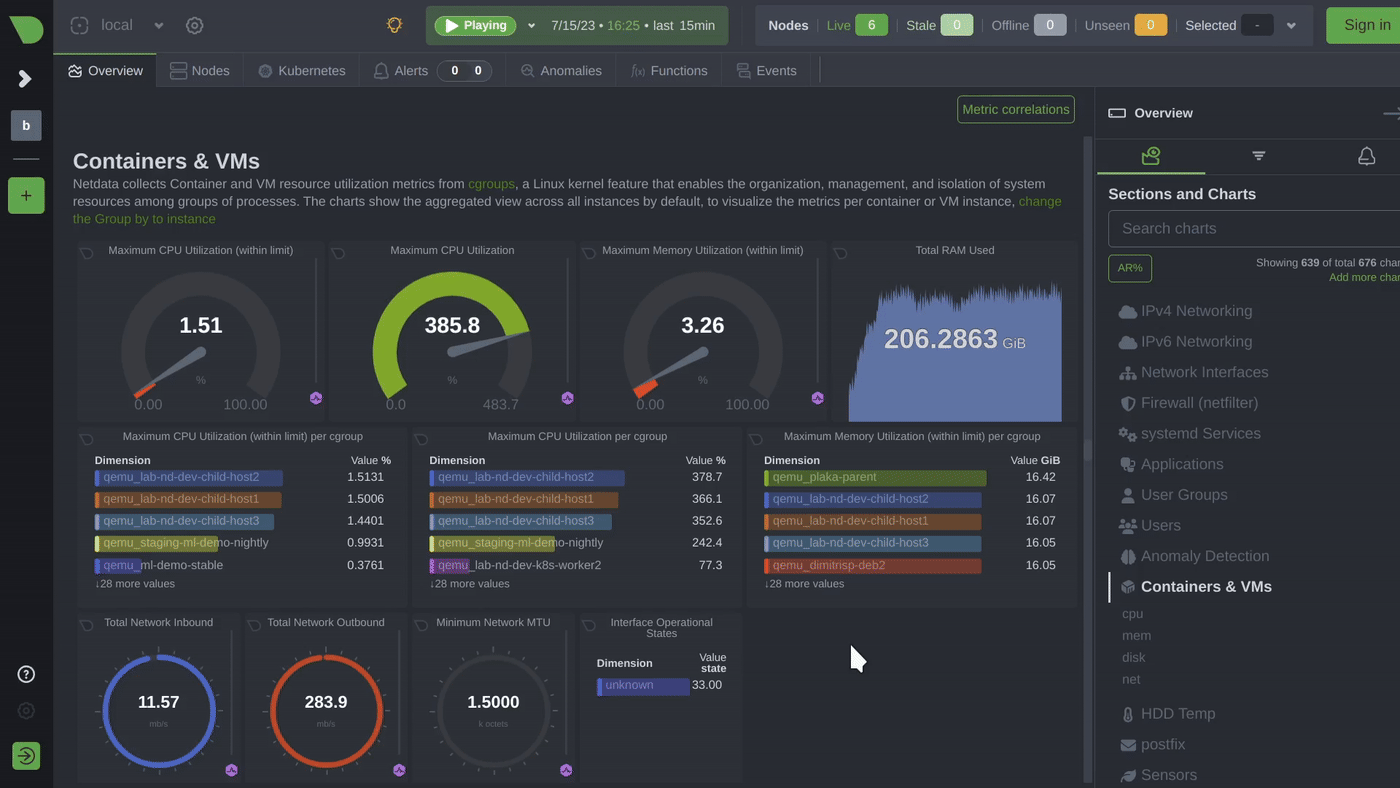
Checkout the release meetup video or read on to learn more about the new UI and other features in this release.
Netdata Assistant: Your AI-Powered Troubleshooting Sidekick
Hey there! We're excited to share a new troubleshooting feature we have added to Netdata, the Netdata Assistant. We've built this tool to help you troubleshoot more effectively and with less stress. Let's dive in.
The Hidden Costs of Monitoring
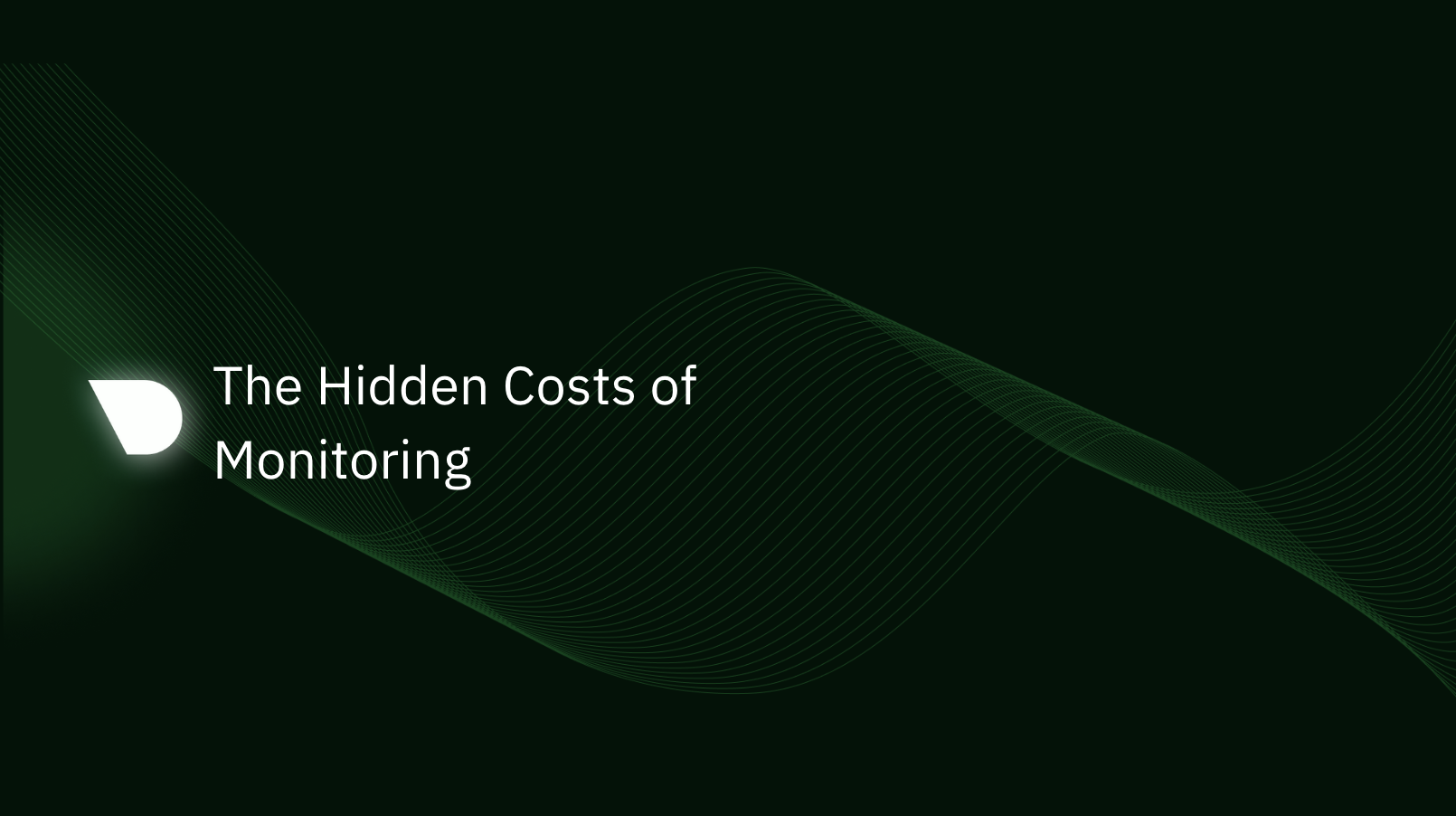
When it comes to monitoring IT infrastructure, the costs you see on the price tag of the tool are often just the tip of the iceberg. Below the waterline, a mass of hidden costs can lurk, which can significantly affect the total cost of ownership.
Netdata & Ansible example: ML demo room

We are always trying to lower the barrier to entry when it comes to monitoring and observability and one place we have consistently witnessed some pain from users is around adopting and approaching configuration management tools and practices as your infrastructure grows and becomes more complex.
To that end, we have begun recently publishing our own little example ansible project used to maintain and manage the servers used in our public Machine Learning Demo room.
This post introduces this project as a somewhat simple example of using Ansible with Netdata. Read on to learn more, but more importantly feel free to explore the repo and see how it all hangs together.
Netdata Parents (Streaming and Replication)

What are they and why do we need them?
A “Parent” is a Netdata Agent, like the ones we install on all our systems, but is configured as a central node that receives, stores and processes metrics data from other Netdata “Child” nodes in our infrastructure.
Netdata Parents are flexible. You can have one big active-active cluster of Netdata Parents, or you can spread a lot of independent Parents across the infrastructure.
This “distributed still centralized” setup provides a lot of benefits. Let’s go through them one by one in this blog post.
Release 1.40.0: Dashboard Summary Tiles, Silencing alerts, ML tweaks and more!
Another release of the Netdata Monitoring solution is here!
How Netdata's ML-based Anomaly Detection Works
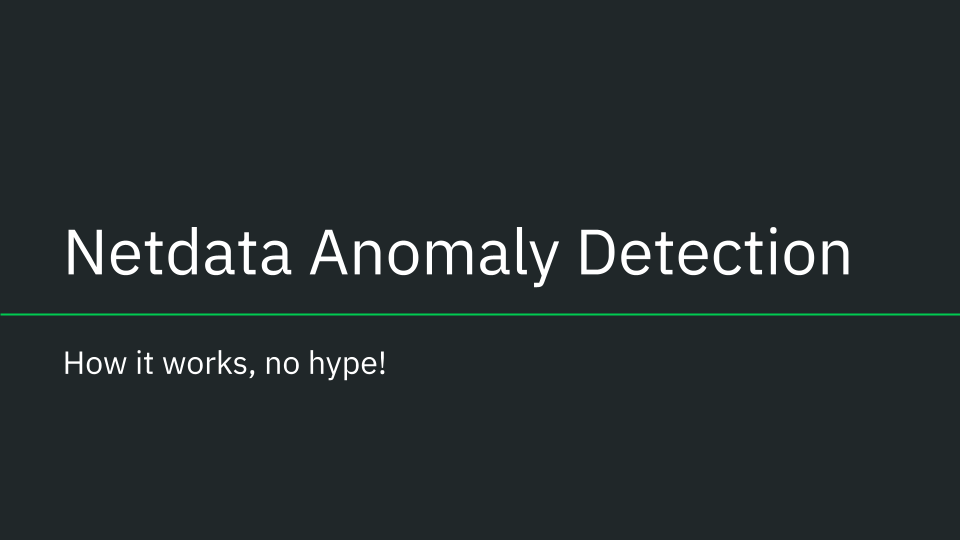
How does Netdata's machine learning (ML) based anomaly detection actually work? Read on to find out!
The Future of Infrastructure Monitoring: Scalability, Automation, and AI
In this blog post, we will explore the importance of scalability, automation, and AI in the evolving landscape of infrastructure monitoring. We will examine how Netdata's innovative solution aligns with these emerging trends, and how it can empower organizations to effectively manage their modern IT infrastructure.
Revolutionizing Operations Centers with Netdata's Real-time Monitoring Solution

In today's fast-paced digital landscape, 24-hour operations centers play a crucial role in managing and monitoring large-scale infrastructures. These centers must be equipped with an effective monitoring solution that addresses their unique needs, enabling them to respond quickly to incidents and maintain optimal system performance. Netdata, a comprehensive monitoring solution, has been designed to meet these critical requirements with its advanced capabilities and recent enhancements.
In this article, we will explore how Netdata's powerful features can transform the way 24-hour operations centers monitor and manage their complex environments, leading to improved incident detection, faster troubleshooting, and better overall system performance.
Monitoring Multi-Cloud and Hybrid-Cloud Infrastructures: Challenges and Best Practices
The advent of multi-cloud and hybrid-cloud architectures has created new opportunities for organizations to leverage best-in-class features from various cloud service providers. However, these complex environments present their own unique challenges, especially when it comes to monitoring and managing performance.
Mastering Cloud Optimization: Strategies for Enhancing Performance and Reducing Costs
Unlock the full potential of your cloud investment! Discover strategies to enhance performance and reduce costs.
Navigating the Path to Cloud Migration: Key Challenges and Best Practices
Embarking on a cloud migration journey? Grasp the obstacles and arm yourself with best practices for a smooth transition. Success lies in understanding, planning, and adapting.
Transforming Monitoring with a Machine Learning-First Approach
Unlocking the full potential of monitoring through ML integration, anomaly detection, and innovative scoring engines.
The Future of Monitoring is Automated and Opinionated
So, you think you monitor your infra?
Release 1.39.0: A new era for monitoring charts.
Another release of the Netdata Monitoring solution is here!
Monitoring to Infinity and Beyond - How Netdata Scales Without Limits
Scalability is crucial for monitoring systems as it ensures that they can accommodate growth, maintain performance, provide flexibility, optimize costs, enhance fault tolerance, and support informed decision-making, all of which are critical for effective infrastructure management.
Monitoring Disks: Understanding Workload, Performance, Utilization, Saturation, and Latency

Netdata provides a comprehensive set of charts that can help you understand the workload, performance, utilization, saturation, latency, responsiveness, and maintenance activities of your disks. In this blog we will focus on monitoring disks as block devices, not as filesystems or mount points.
Understanding Huge Pages

Memory-intensive applications can benefit from improved performance by using huge pages, as they can reduce TLB pressure and memory fragmentation, and lower the memory management overhead overall. Developers should consider using HugeTLBfs in their mmap() and shmget() calls to take advantage of huge pages.
Transparent Huge Pages (THP) is a Linux kernel feature that provides some of the benefits of huge pages without requiring any development effort. However, THP can cause latency in many applications. Although kernel developers are actively working to address these issues, many system administrators prefer to disable THP altogether.
Netdata can assist in determining whether THP is helpful or harmful to your applications, which can guide your decision regarding its use.
Unlock the Secrets of Kernel Memory Usage

The mem.kernel chart in Netdata provides insight into the memory usage of various kernel subsystems and mechanisms. By understanding these dimensions and their technical details, you can monitor your system's kernel memory usage and identify potential issues or inefficiencies. Monitoring these dimensions can help you ensure that your system is running efficiently and provide valuable insights into the performance of your kernel and memory subsystem.

Understanding Entropy: The Key to Secure Cryptography and Randomness

Entropy is a measure of the randomness or unpredictability of data. In the context of cryptography, entropy is used to generate random numbers or keys that are essential for secure communication and encryption. Without a good source of entropy, cryptographic protocols can become vulnerable to attacks that exploit the predictability of the generated keys.
Server Uptime Monitoring: Why do we need it?

Server uptime monitoring tracks the availability and reliability of servers within your infrastructure.
Swap Memory - When and How to Use It on Your Production Systems or Cloud-Provided VMs

Swap memory, also known as virtual memory, is a space on a hard disk that is used to supplement the physical memory (RAM) of a computer. The swap space is used when the system runs out of physical memory, and it moves less frequently accessed data from RAM to the hard disk, freeing up space in RAM for more frequently accessed data. But should swap memory be enabled on production systems and cloud-provided virtual machines (VMs)? Let's explore the pros and cons.
Understanding Context Switching and Its Impact on System Performance

Context switching is the process of switching the CPU from one process, task or thread to another. In a multitasking operating system, such as Linux, the CPU has to switch between multiple processes or threads in order to keep the system running smoothly. This is necessary because each CPU core without hyperthreading can only execute one process or thread at a time. If there are many processes or threads running simultaneously, and very few CPU cores available to handle them, the system is forced to make more context switches to balance the CPU resources among them.
Context switching is an essential function of any multitasking operating system, but it also comes at a cost. The whole process is computationally intensive, and the more context switches that occur, the slower the system becomes. This is because each context switch involves saving the current state of the CPU, loading the state of the new process or thread, and then resuming execution of the new process or thread. This takes time and consumes CPU resources, which can slow down the system.
The impact of context switching on system performance can be significant, especially in systems with many processes or threads running simultaneously.
Understanding Interrupts, Softirqs, and Softnet in Linux

Interrupts, softirqs, and softnet are all critical parts of the Linux kernel that can impact system performance. In this blog post, we'll explore their usefulness, and discuss how to monitor them using Netdata for both bare-metal servers and VMs.
Understanding Linux CPU Consumption, Load, and Pressure for Performance Optimization

As a system administrator, understanding how your Linux system's CPU is being utilized is crucial for identifying bottlenecks and optimizing performance. In this blog post, we'll dive deep into the world of Linux CPU consumption, load, and pressure, and discuss how to use these metrics effectively to identify issues and improve your system's performance.
Understanding System Processes States

The different states of system processes are essential to understanding how a computer system works. Each state represents a specific point in a process's life cycle and can impact system performance and stability.
Why Scalable Monitoring is Essential for Modern, Distributed Systems

It's becoming increasingly common to discuss the importance of scalability in monitoring solutions and how it can impact the performance and reliability of distributed systems.
Netdata's AI Insights & Rapid Diagnostics
Introduction to Netdata's new visualisation providing AI Insights, supporting Rapid Diagnostics.

Monitoring remote UNIX-like systems using Netdata and Net-SNMP

Need to monitor a UNIX-like system, but can’t install Netdata on it? With our SNMP collector and Net-SNMP, you can get basic system information with just a bit of relatively quick and easy configuration.
Anomaly Rates in the Menu!
The menu (on the overview or single node tab) now has an anomaly rate button built into it that, for the entire visible window or a highlighted time range, shows the maximum chart anomaly rate within each section.
Read on to learn more about this new feature!
Introducing the Netdata demo space

Introducing Netdata's Demo Space, a quick and easy way to experience monitoring environments before you set them up yourself.
Google Colab Monitoring with Netdata

Hello, fellow data enthusiasts and Google Colab aficionados! Today, we're going to explore how to monitor your Google Colab instances using Netdata. Colab is a fantastic platform for running Notebooks, developing ML models, and other data science and analytics tasks. But have you ever wondered how your Colab instance is performing under the hood? That's where Netdata comes into play!
Upcoming Changes to Plugins in Native Packages
At Netdata, we’re committed to trying to make Netdata work as well as possible for our users. Sometimes though, that means changing things in ways that aren’t exactly seamless. Such a change is coming soon for users of our native DEB and RPM packages, and this blog post will explain what’s happening, why we’re doing it, and what it means for our users.
Windows Server Monitoring Improvements
Monitor your Windows server and applications running on it with Netdata - simple, powerful and free.
Anomaly detection on Prometheus metrics
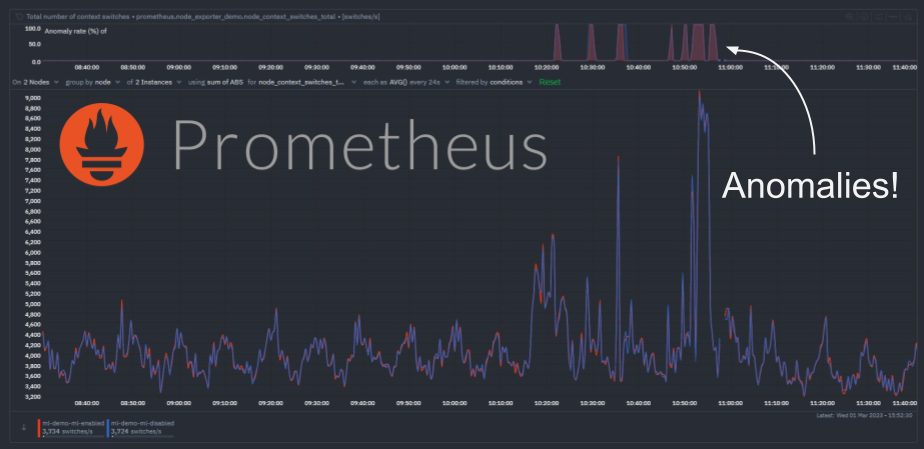
We have recently extended the native machine learning (ML) based anomaly detection capabilities of Netdata to support all metrics, regardless on their collection frequency (update every).
Previously only metrics collected every second were supported, but now Netdata can run anomaly detection out of the box with zero config on metrics with any collection frequency.
This post will illustrate an example of what this means using Prometheus metrics (via the Netdata Prometheus collector) since they typically have a default collection frequency of 10 seconds.
Monitor any SQL metrics with Netdata (and Pandas ❤️)
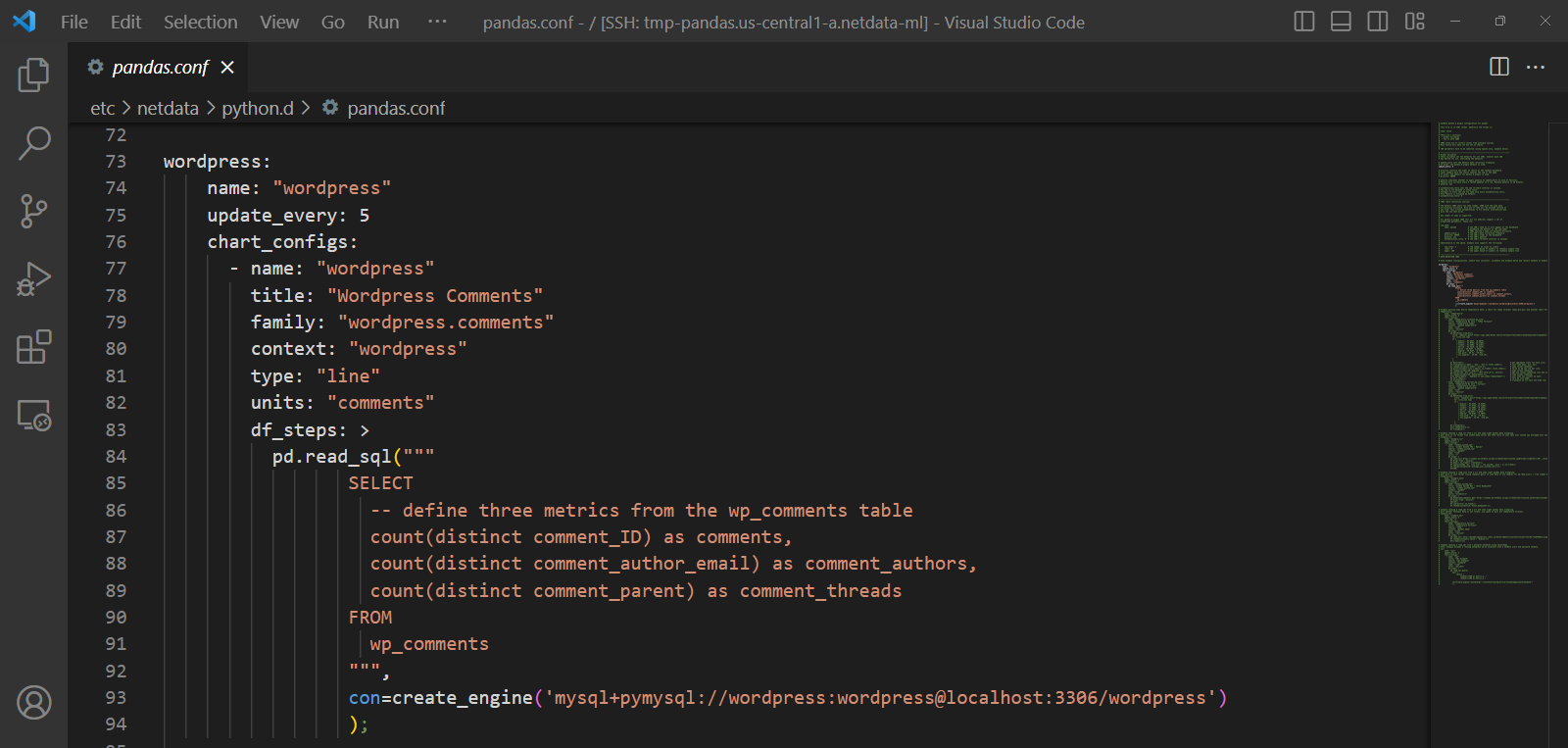
We recently got this great feedback from a dear user in our Discord:
I would really like to use Netdata to monitor custom internal metrics that come from SQL, not a fan of having 10 diff systems doing essentially the same thing as is, Netdata is pretty much all there in that regard, just needs a few extra features.
This is great and exactly what we want, a clear problem or improvement we could make to help make that users monitoring life a little easier.
This is also where the beauty of open source comes in and being able to build on the shoulders of giants - adding such a feature turned out to be pretty easy by just extending our existing Pandas collector to support SQL queries leveraging its read_sql() capabilities.
Here is the PR that was merged a few days later.
This blog post will cover an example of using the Pandas collector to monitor some custom SQL metrics from a WordPress MySQL database.
Introducing Netdata Functions
Netdata is committed to making it simpler and easier for everyone to monitor and troubleshoot their infrastructure. With that goal in mind, we're excited to announce the launch of our new "Functions" feature, which allows Netdata Agent collectors to expose "functions" that can be executed in run-time and on-demand.
Introducing Netdata Paid Subscriptions
All Netdata functionality is and will be available for free forever in the Community Plan. Paid tiers include features targeted for businesses and users who would need to customise their monitoring solution with different levels of user access, extra notification mechanisms, customer support and more.
Release 1.38.0: Dramatic performance and stability improvements, with a smaller agent footprint
Another release of the Netdata Monitoring solution is here!
Extending Netdata's anomaly detection training window
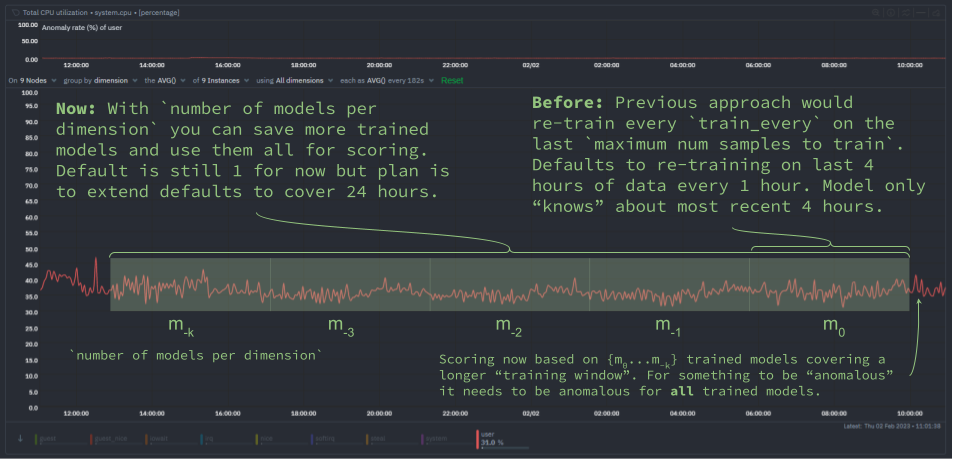
We have been busy at work under the hood of the Netdata agent to introduce new capabilities that let you extend the "training window" used by Netdata's native anomaly detection capabilities.
This blog post will discuss one of these improvements to help you reduce "false positives" by essentially extending the training window by using the new (beautifully named) number of models per dimension configuration parameter.
How to monitor and troubleshoot BIND 9
Find out how to effectively and easily monitor and troubleshoot BIND 9 using Netdata

How to monitor and troubleshoot S.M.A.R.T. attributes
Understand what makes a storage device S.M.A.R.T and how to monitor a self monitoring component using Netdata.

How to monitor and troubleshoot Memcached
Find out how to effectively and easily monitor and troubleshoot Memcached using Netdata

How to monitor and troubleshoot NTPdaemon
Find out how to effectively and easily monitor and troubleshoot NTPdaemon using Netdata

How to monitor and troubleshoot MongoDB
Find out how to effectively and easily monitor and troubleshoot MongoDB using Netdata

How to monitor and troubleshoot NGINXPlus
How to monitor and troubleshoot Dovecot
Find out how to effectively and easily monitor and troubleshoot Dovecot using Netdata

How to monitor and troubleshoot CoreDNS
Find out how to effectively and easily monitor and troubleshoot CoreDNS using Netdata

How to monitor and troubleshoot Dnsmasq for DHCP?
Find out how to effectively and easily monitor and troubleshoot Dnsmasq for DHCP using Netdata

How to monitor and troubleshoot Dnsmasq DNS Forwarder
Find out how to effectively and easily monitor and troubleshoot Dnsmasq DNS Forwarder using Netdata

How to monitor and troubleshoot systemd-logind
Find out how to effectively and easily monitor and troubleshoot systemd-logind using Netdata

How to monitor and troubleshoot Postfix
Find out how to effectively and easily monitor and troubleshoot Postfix using Netdata

How to monitor and troubleshoot Chrony
Find out how to effectively and easily monitor and troubleshoot Chrony using Netdata

Release 1.37.1: Patch release for security issues
Netdata v1.37.1 is a patch release to address issues discovered since v1.37.0. Refer to the v.1.37.0 release notes for the full scope of that release.
Release 1.37.0: Infinite scalability, database tiering, and much more
Another release of the Netdata Monitoring solution is here!
We focused on these key areas:
Infinite scalability of the Netdata Ecosystem
Default Database Tiering, offering months of data retention for typical Netdata Agent installations with default settings and years of data retention for dedicated Netdata Parents.
Overview Dashboards at Netdata Cloud got a ton of improvements to allow slicing and dicing of data directly on the UI and overcome the limitations of the web technology when thousands of charts are presented on one page.
Integration with Grafana for custom dashboards, using Netdata Cloud as an infrastructure-wide time-series data source for metrics
PostgreSQL monitoring completely rewritten offering state of the art monitoring of the database performance and health, even at the table and index level.
How to monitor Internet quality and ISP performance with Netdata
Find out how to monitor your Internet speed and quality and how well your ISP is performing.

How to monitor FreeBSD
FreeBSD is a high-quality, stable, and secure operating system used in a wide variety of applications, and we want to show you how monitor FreeBSD systems painlessly and effectively.
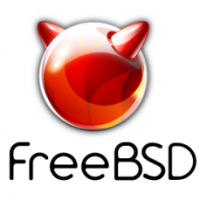
How to monitor node reboots?
Monitoring the health and status of nodes and servers is a critical part of effective infrastructure monitoring.

How to monitor NVMe metrics servers?
Use Netdata to effectively monitor and troubleshoot the performance of NVMe (Non-Volatile Memory express) disks in your infrastructure. Preempt disk failures and take action to ensure your systems run without a glitch.

How to monitor and troubleshoot Apache web servers
Best practices for Apache server monitoring and troubleshooting.

How to monitor NGINX web servers?
Web servers are among the most important components in modern IT infrastructures. They host the websites, web services, and web applications that we use on a daily basis. Social networking, media streaming, software as a service (SaaS), and other activities wouldn’t be possible without the use of web servers. And with the advent of cloud computing and the movement of more services online, web servers and their monitoring are only becoming more important. Given the extensive usage of Web servers, Sysadmins and SREs should monitor web servers as a key aspect for performance.

How to mute alerts during maintenance windows or scheduled backups?
The health management APIs in Netdata allows teams to eliminate unnecessary alerting during scheduled maintenance, testing, auto scaling events, and instance reboots.
Monitor indoor air quality with Airthings and Netdata
Monitoring indoor air quality with Airthings and Netdata. Understanding and measuring common contaminants and pollutants reduces your risk of air quality health concerns.
Monitor KSM performance with Netdata
Monitoring KSM (Kernel Same-page Merging) performance at deduping memory shared across VMs.
Monitoring & troubleshooting Cassandra with Netdata
How to monitor and troubleshoot Cassandra with Netdata.

How to monitor and fix Database bloats in PostgreSQL?
Database bloat is disk space that was used by a table or index and is available for reuse by the database but has not been reclaimed. Bloat is created when deleting or updating tables and indexes. Here's how to deal with it!
Cassandra monitoring
What are the important Cassandra metrics to monitor and how to monitor them.
How to find out which application is causing server load
We often hear the term load used to describe the state of a server or a device, but we're here to tell you what it means, precisely, and how to monitor it.
How to monitor the disk usage on your infrastructure
The most important part of disk usage monitoring is to check the utilization of each filesystem and each mount point which can reveal existing or impending issues with the storage space on your infrastructure.
7 types of Redis latency and how to fix it
Redis is designed to be fast. In most cases, it is. However, there are times when Redis may be slow, due to network issues, disk latency, or other factors. When this happens, it is important to be able to detect the slow down and investigate the cause of Redis latency.
How to monitor systemd service liveness
The life of a sysadmin or SRE is often difficult, but occasionally very simple things can make a huge difference. Basic monitoring of your systemd services is one of those simple things, which we sometimes overlook. The simplest question one would want to know is if the thing that’s supposed to be running is actually running at all. If you use systemd services, you can guarantee an answer to that question within minutes using Netdata.
How to monitor web servers and their performance
How you can use the Pandas Python collector to monitor weather data
Netdata just got a Pandas collector.
How to monitor HTTP endpoints
The HTTP protocol has become the de facto standard application layer protocol of the internet. From publicly available web sites and APIs to “inter-process” communications in REST based microservice architectures or large Service Oriented Architectures based on SOAP, you find HTTP being used again and again, due to its simplicity and our familiarity with it. How many protocols can you name that have memes for their status codes? Of course, such a popular protocol has endless pages written about how to properly monitor the services that rely on it, with many options specific to every use case.
How to monitor DNS query response time
DNS (Domain Name System) servers translate standard language web addresses to their actual IP addresses for network access.
Why is data replication important?
High availability. This is what every monitoring tool needs to ensure that you never compromise on IT infrastructure visibility.
How to monitor host reachability
Most sysadmins and developers have at some point used a few of the popular Linux networking commands or their Windows equivalents to answer the common questions of host reachability - that is, whether a host or service is reachable and how fast it responds.
Introducing the Netdata Source Plugin for Grafana

The open-source community is about to benefit greatly from Netdata's new Grafana data source plugin, which makes use of a powerful data collection engine.
How to filter metrics by label?
It is sometimes easy to get lost in the mountain of metrics and infinite number of dimensions when working with an infrastructure monitoring tool. Being able to filter metrics by label and visualize only what is relevant to the current scope of monitoring &troubleshooting, becomes absolutely crucial to the success of SREs, Sysadmins and DevOps professionals.
Missing indexes in PostgreSQL? How to quickly identify it
While working on improving the Netdata PostgreSQL collector, we were monitoring our production PostgreSQL instance and something caught our attention immediately. The rows fetched ratio seemed really, really low for one particular database... there were missing indexes in PostgreSQL!
Redis Monitoring
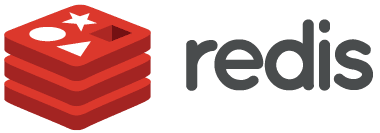
PostgreSQL Monitoring

Data Collection Strategies for Infrastructure Monitoring – Troubleshooting Specifics
How Netdata’s Machine Learning works
Following on from the recent launch of our Anomaly Advisor feature, and in keeping with our approach to machine learning, here is a detailed Python notebook outlining exactly how the machine learning powering the Anomaly Advisor actually works under the hood.
Anomaly rate in every chart
Metric Correlations on the Agent
As of v1.35.0 the Netdata Agent can now run Metric Correlations (MC) itself. This means that, for nodes with MC enabled, the Metric Correlations feature just got a whole lot faster!
Introducing Anomaly Advisor – Unsupervised Anomaly Detection in Netdata
Today we are excited to launch one of our flagship ML assisted troubleshooting features in Netdata – the Anomaly Advisor.
The Anomaly Advisor builds on earlier work to introduce unsupervised anomaly detection capabilities into the Netdata Agent from v1.32.0 onwards.
Monitoring without Cooperation: Kubernetes
Kubernetes Throttling Doesn’t Have To Suck. Let Us Help!
CPU limits are probably the most misunderstood concept in Kubernetes CPU resources allocation and management.
Troubleshooting Alerts the Right Way: As a Team
CNCF Live: Power up your machine learning – Automated anomaly detection
The Netdata Way of Troubleshooting
Together with you, our fabulous community, Netdata is changing the way the world thinks of high fidelity monitoring - and we are gaining momentum.
Our Approach to Machine Learning
There is a lot of buzz in the world of machine learning (ML) and as a layperson it can be hard to keep up with it all. Therefore, we decided to write down some of our thoughts and musings on how we are approaching ML at Netdata.


